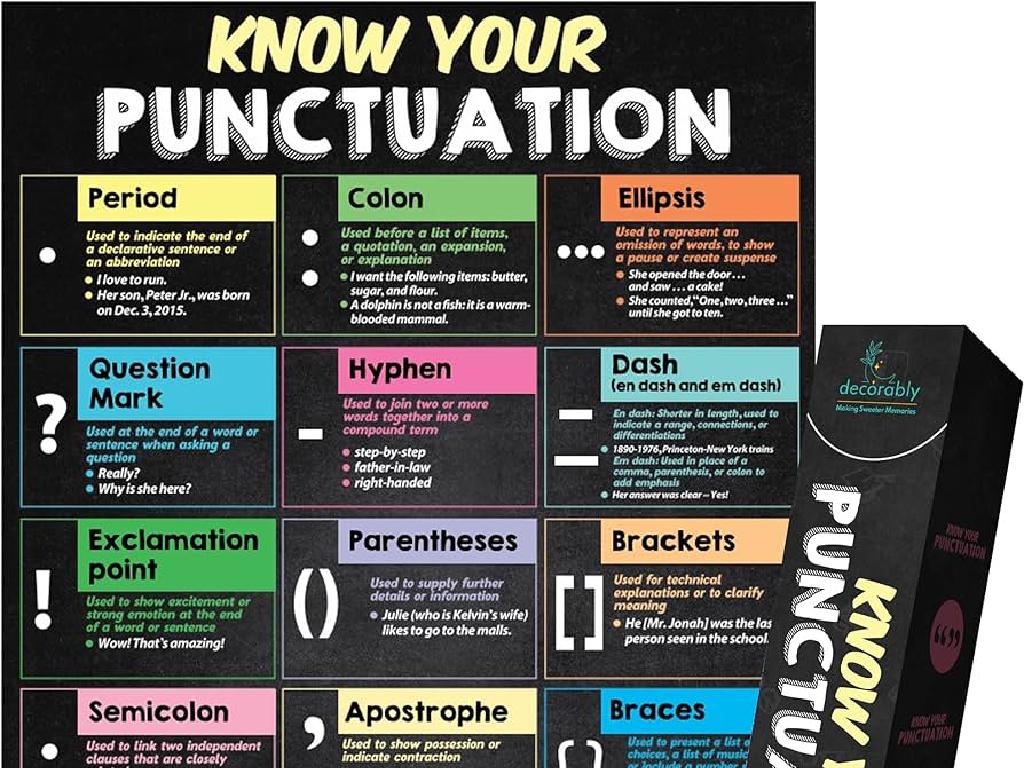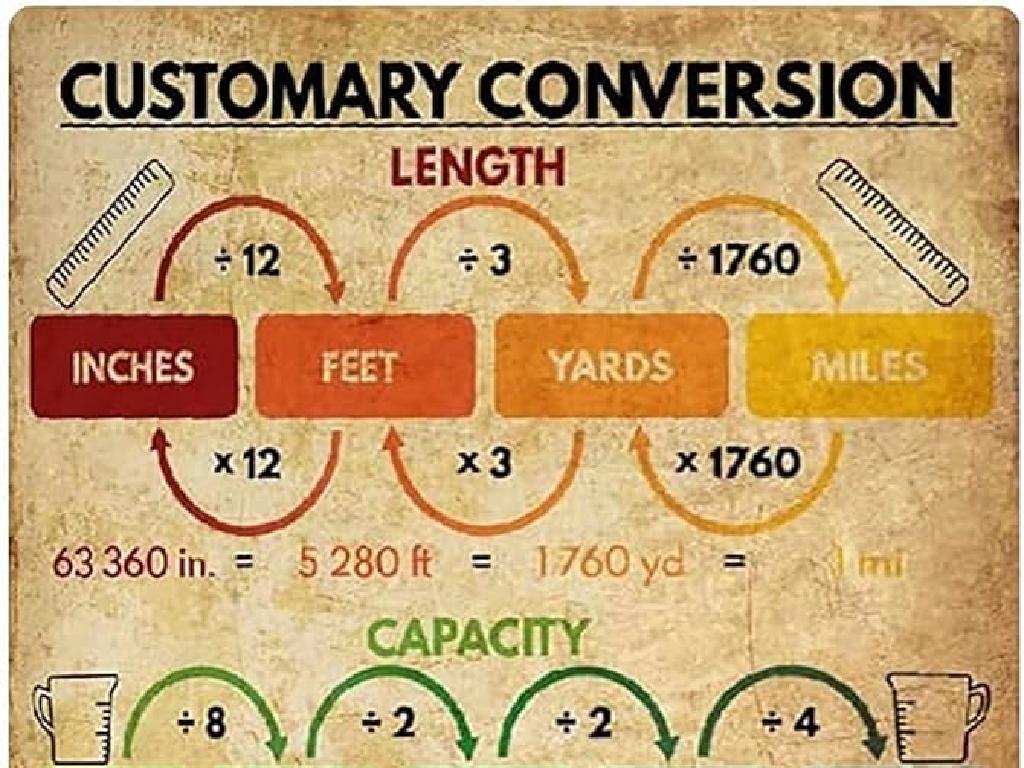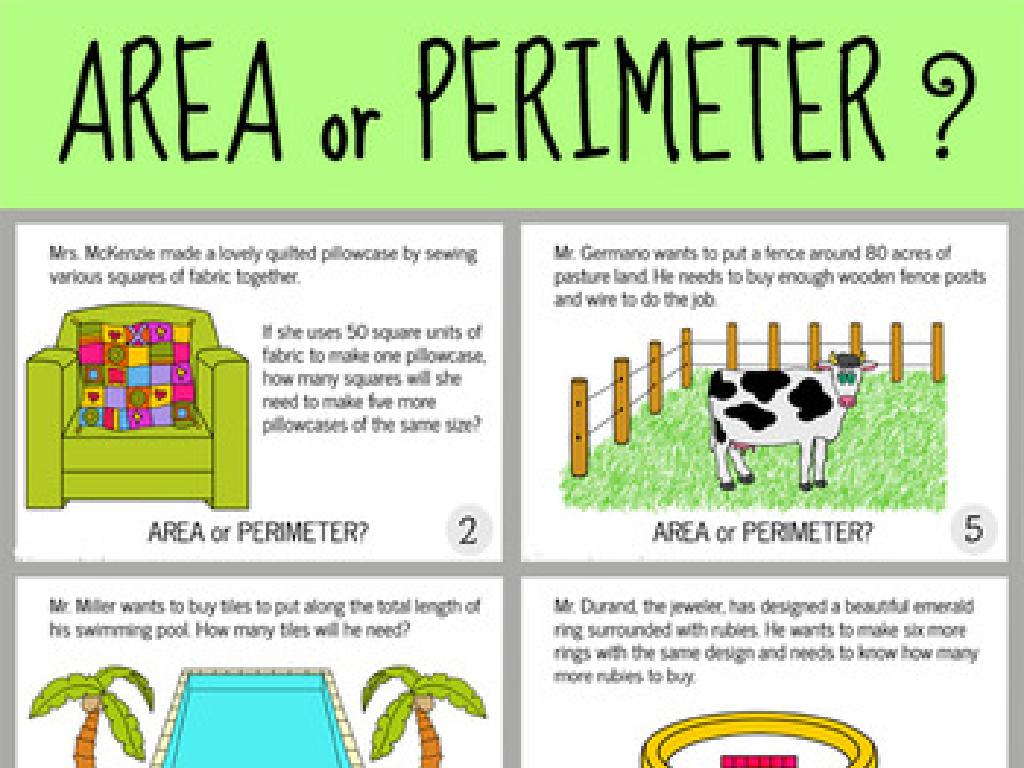Taxes
Subject: Life skills
Grade: High school
Topic: Personal Finance
Please LOG IN to download the presentation. Access is available to registered users only.
View More Content
Introduction to Taxes in Personal Finance
– Role of taxes in finance
– Taxes fund public services and infrastructure.
– Various types of taxes
– Income, sales, property, and more affect daily life.
– Societal importance of taxes
– Taxes support healthcare, education, and safety.
– How taxes impact you
|
This slide introduces students to the concept of taxes and their significance in personal finance. Begin by explaining how taxes are essential for funding government services and infrastructure that benefit society, such as roads, schools, and emergency services. Discuss the different types of taxes individuals encounter, including income tax, sales tax, property tax, and others, providing examples for each. Emphasize the importance of tax contributions to societal well-being, including public healthcare, education systems, and public safety. Lastly, touch on how understanding taxes can help students make informed financial decisions in the future. Encourage questions to ensure comprehension.
How Taxes Work: The Basics
– Understanding tax brackets
– Tax brackets determine the rate of tax applied to your income.
– Gross vs. taxable income
– Gross income is total earnings, taxable income is after deductions.
– Deductions and tax credits
– Deductions lower taxable income, credits reduce tax owed.
– Impact on your tax payments
|
This slide aims to demystify the concept of taxes for high school students. Begin with an explanation of tax brackets, emphasizing that they are progressive, meaning the rate increases as income does. Clarify the difference between gross income (total earnings before taxes) and taxable income (what’s left after exemptions and deductions). Highlight common deductions (like charitable donations) and credits (like education credits) that can lower the overall tax bill. The goal is to provide students with a clear understanding of how taxes are calculated and the factors that influence the final amount of tax they pay. Use examples relevant to their age group, such as part-time job earnings or allowances, to illustrate these concepts.
Income Tax Basics
– Understanding your W-2 form
– W-2 form shows your annual earnings and taxes withheld.
– Reporting income from various sources
– Include wages, tips, interest, and more in your tax report.
– What is tax withholding?
– Employers withhold taxes from your paycheck for the IRS.
– Estimated tax payments
– If self-employed, you may need to make quarterly tax payments.
|
This slide introduces students to the foundational elements of income tax, which is a crucial aspect of personal finance. The W-2 form is a critical document that reports an individual’s annual earnings and the amount of taxes withheld by their employer. Students should learn how to read this form as it’s essential for filing taxes. Income can come from various sources, not just a traditional job, and all of it may be subject to tax. Withholding is the process by which employers take taxes out of an employee’s paycheck and send it to the IRS. For those who are self-employed or have other sources of income, estimated tax payments are necessary to cover their tax liability. The slide aims to demystify these concepts and prepare students for their future responsibilities as tax-paying citizens.
Filing Your Taxes: A Step-by-Step Guide
– Steps to file a tax return
– Gather documents, complete forms, submit to IRS
– Determine your filing status
– Single, Married Filing Jointly, etc. affects tax rates
– Understand common tax forms
– W-2 for employment income, 1099 for other incomes
– Purpose of each tax form
– W-2 reports wages, 1040 is the standard tax form
|
This slide aims to demystify the process of filing taxes for high school students, a crucial life skill. Begin by outlining the steps to file a tax return, emphasizing the importance of accuracy and deadlines. Discuss how to choose the correct filing status, which can impact the amount of taxes owed or the refund received. Introduce common tax forms like the W-2, which reports income from jobs, and the 1099, which covers other types of income. Explain that the 1040 form is the standard form used to file individual income tax returns. Provide examples of each form and encourage students to familiarize themselves with these documents, as they will encounter them when they start working. The goal is to provide students with a foundational understanding of the tax filing process.
Tax Planning Strategies
– Legal tax reduction methods
– Utilize deductions, credits, and contributions to lower taxes
– Importance of record-keeping
– Accurate records ensure all deductions are claimed
– Future tax implications
– Consider how investments and income will be taxed in the future
– Strategic financial decisions
|
This slide aims to educate high school students on the importance of tax planning as a crucial aspect of personal finance. Discuss various legal methods to reduce tax liability, such as taking advantage of tax deductions, credits, and making contributions to retirement accounts. Emphasize the importance of keeping detailed financial records, which can help in claiming all possible deductions and in case of an audit. Highlight the need to consider the tax implications of financial decisions, such as the future taxes on investments or retirement savings. Encourage students to think long-term and make strategic financial decisions that consider potential tax benefits or consequences.
Real-Life Tax Implications
– Case study on tax returns
– Compare returns for varied incomes/deductions
– Taxes and monthly budgets
– How taxes can alter your budget planning
– Tax policy’s individual impact
– Discuss how changes in tax laws affect us
– Tax policy and the economy
– Explore how taxes influence economic health
|
This slide aims to provide students with a practical understanding of how taxes affect individuals and the broader economy. Start with a case study that compares tax returns of individuals with different incomes and deductions to illustrate how tax rates and policies can result in diverse outcomes. Then, analyze how taxes can impact a person’s monthly budget, affecting their spending and saving habits. Encourage a discussion on the role of tax policy in personal finance and its broader implications on the economy, such as consumer spending, job creation, and government revenue. This will help students grasp the significance of taxes beyond their own returns and recognize their role as future voters and contributors to the economy.
Class Activity: Tax Simulation
– Receive a unique financial profile
– Calculate taxes owed or refunds
– Use the provided tax formulas and tables
– Discuss tax planning challenges
– Consider factors like deductions and tax credits
– Share strategies for effective tax management
– Exchange ideas on how to minimize tax liability
|
This interactive class activity is designed to give students a practical understanding of the tax system. Each student will receive a fictional financial profile that includes income, expenses, and other relevant financial information. They will use this data to calculate the amount of tax owed to the government or the refund they can expect to receive. This exercise will help students understand the complexities of tax planning and the importance of being aware of tax obligations. Encourage students to discuss the challenges they face while calculating taxes and to come up with strategies to manage taxes effectively. Possible strategies include making charitable donations, contributing to retirement accounts, or taking advantage of educational credits. This activity will help demystify the tax process and emphasize the importance of financial planning.






